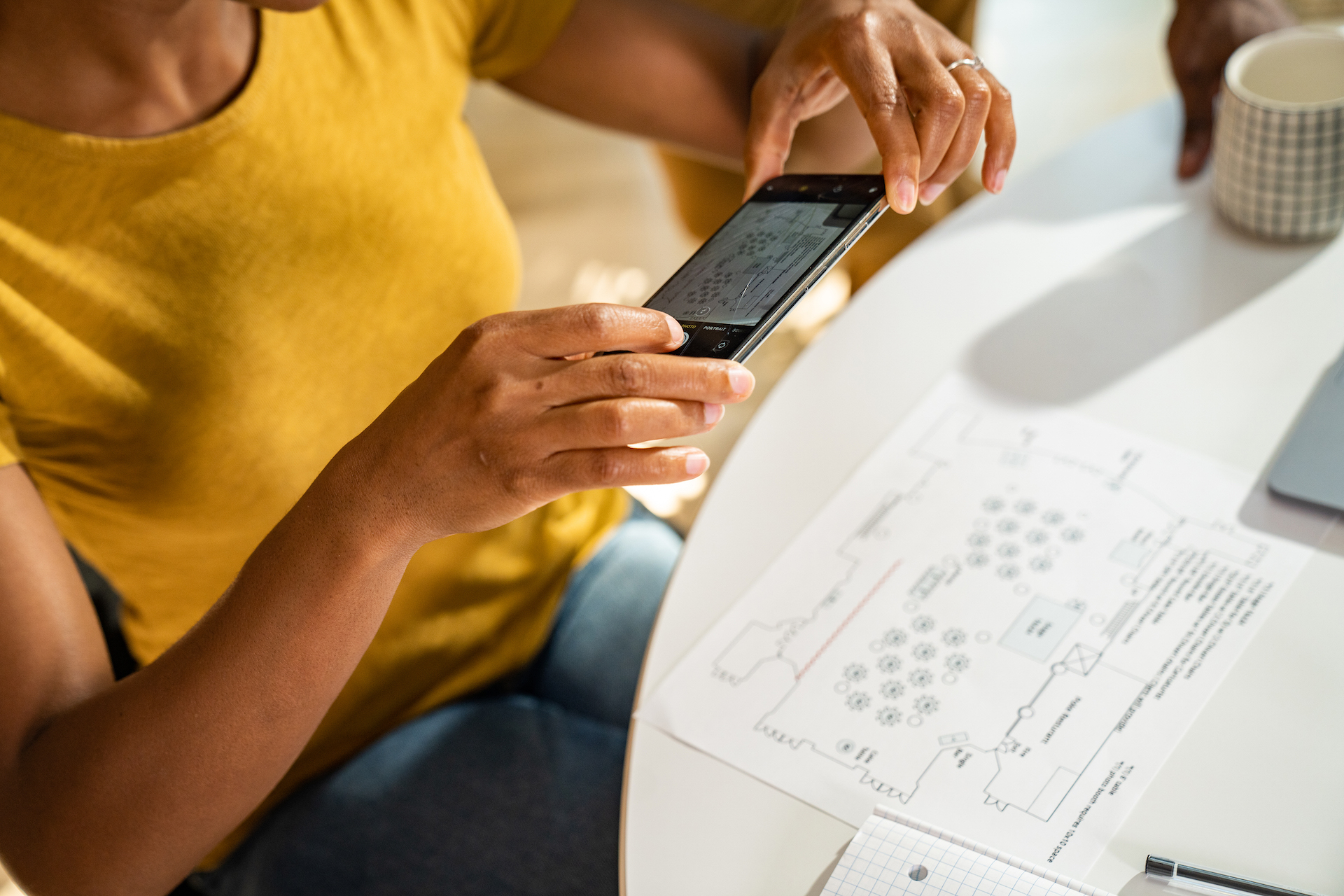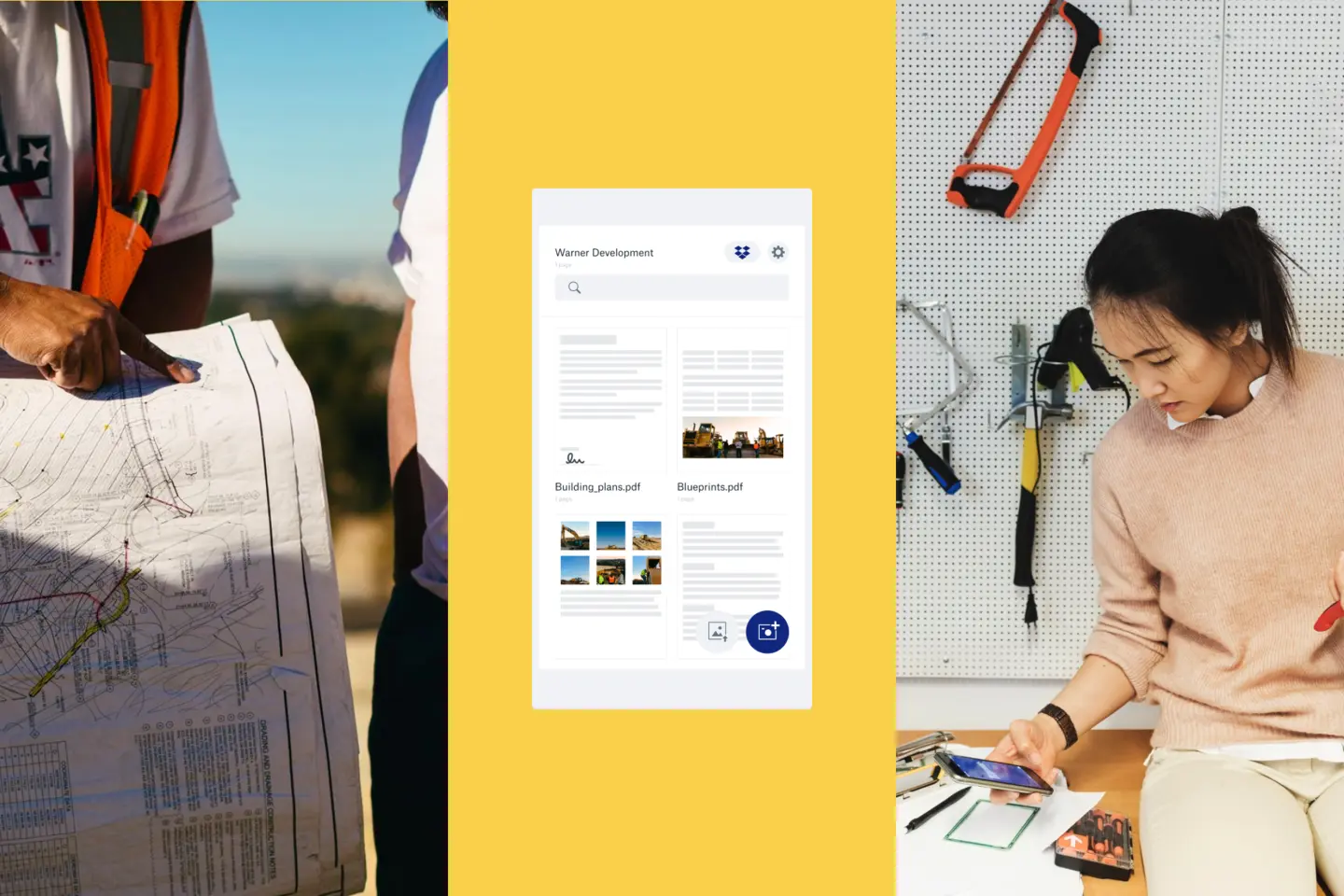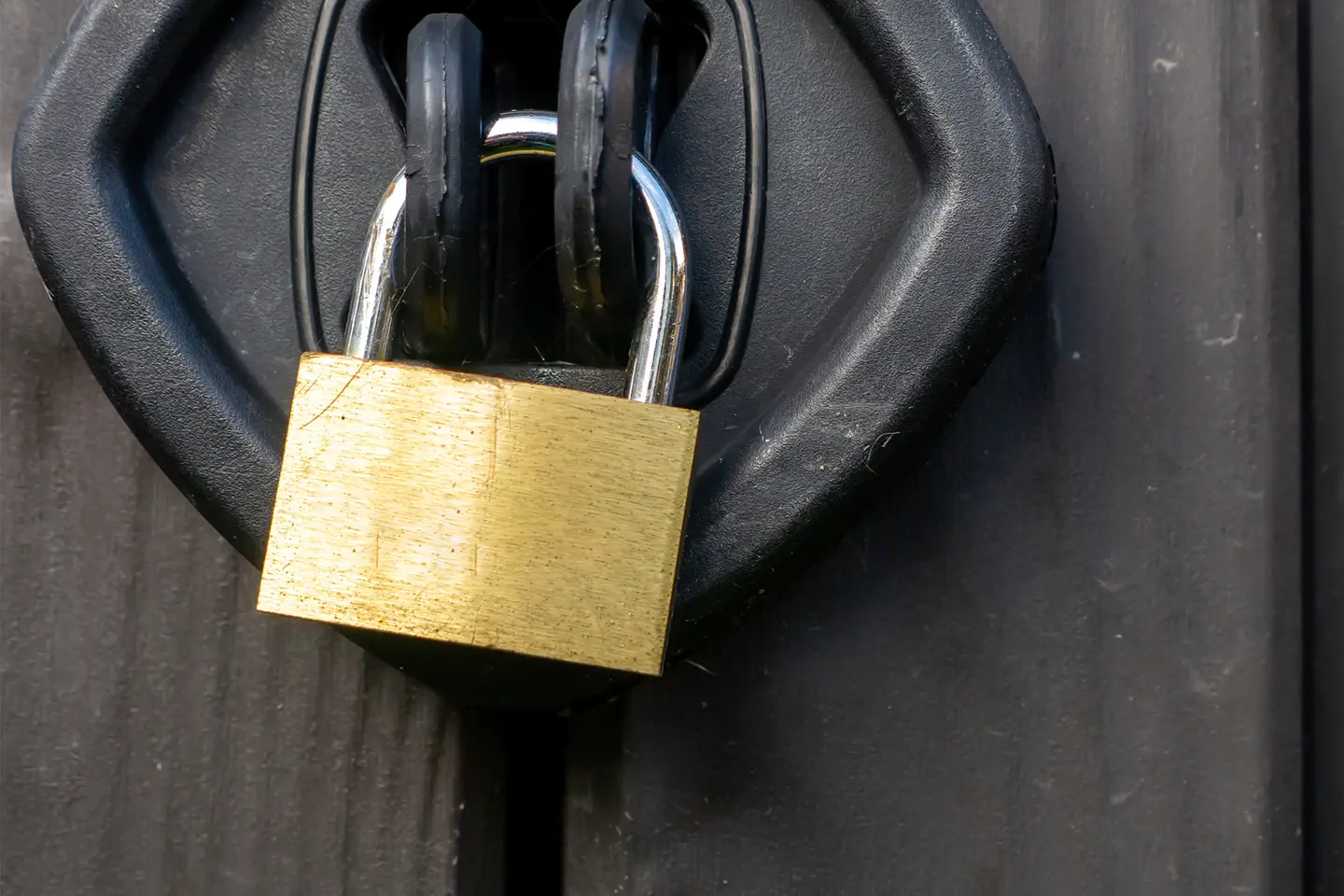It’s hard enough to coordinate the files on your computer and smartphone. Add a tablet to the mix, and it can feel like you’re navigating a digital labyrinth. Syncing an iPad or iPhone with a computer is fairly straightforward, but syncing the two together can be more complicated.
Though they both use the iOS operating system, iPads and iPhones are pretty different. You likely also use them for different things – but may want the same files accessible on each. Here at Dropbox, we’re fans of making things easy, which is why we help you sign, send and store documents among devices with ease. Sifting through various folders on various devices to find that one image you need is time-consuming and unnecessary, since the cloud is here to make your storage life easier.
Easiest: Use Dropbox to sync iPhone and iPad
The easiest way to ensure your iPhone and iPad stay in sync would be to use Dropbox as your primary means of cloud storage. Once all of your files are in Dropbox, you can easily access them on any device with an internet connection. And with automatic camera uploads, you can automatically transfer your photos from your iPhone or iPad directly to your Dropbox. It allows for more flexibility and saves a lot of space on your device – so you’ll never be at another great event… out of mobile phone camera storage! Simply turn on camera uploads once you’ve downloaded the Dropbox mobile app to get started.
Keep all of your files stored in the cloud and only download files to your device if you need to edit them or need them available offline. You can even edit Microsoft Office files directly through the Dropbox iOS app, so you won’t need to store them locally while you work on them.
Time-saving alert: You can also turn on camera uploads to automate this whole process. Dropbox can upload photos even with the app closed, so you can delete them from your device once they’re secure in the cloud.
An advantage over iCloud? Our file recovery feature means there’s no risk of deleting a photo or song from your iPhone and losing it altogether, like there would be if you were to use iCloud.
Access Dropbox in the Files app on iPhone and iPad
Every iPadOS and iOS device comes with Apple’s Files app pre-installed. Whenever you create or download a file on your iPhone or iPad, it’s saved to the Files app, whether it’s stored locally or in the cloud. What you may not know is that your Dropbox folders are automatically added to the Files app so that you can access all of your files from one place.
Having Dropbox in Files makes it easier than ever to keep your files in the cloud while still allowing quick and easy access. It’s also easy to move files from your device or from iCloud over to Dropbox through the Files app.
Get Dropbox in the Files app:
1. Download the Dropbox iOS app from the app store.
2. The Files app will automatically create a Dropbox folder under ‘Locations’.
3. Your Dropbox folder will remain in the Files app and update automatically as long as you have the Dropbox app on your mobile device.
Through the Files app, you can browse, view, download, copy, move, rename and edit files in your Dropbox, and upload files directly to your Dropbox folder from supported apps.
How to sync iPhone to iPad wirelessly using iCloud

Using iCloud to sync an iPhone to an iPad isn’t as simple as one might hope. You’ll need to go through the Settings app on each device and manually decide which apps and content you want in sync.
Steps to sync:
First, make sure you’re logged in to the same Apple ID account on both devices, and make sure both devices have Wi-Fi turned on. In the iCloud section of the Settings app, you’ll see a list of apps that can be synced across all of your devices, and you can toggle syncing on or off for each individually.
Next, go to the Passwords & Accounts section of Settings to ensure that both devices have the same email accounts linked.
Finally, make sure all the settings match on both devices.
Once all your settings are adjusted, any change made on a synced app will update across the board: Add a calendar entry on your iPhone, and your iPad calendar will update accordingly.
Notably, this method allows you to sync specific app data between an iPhone and iPad but not all of it, instantly. If you’ve already been using both devices and have different files saved on each, you can’t instantly merge them. If you wanted to sync everything in one fell swoop, you’d need to restore one device to its factory settings… deleting all of its content in the process.
If one of your devices is brand new, it’s easier to replicate content from the other device by creating an iCloud Backup of the source device and restoring that backup on the new device when you set it up. This will sync almost all data between your two devices, except for any files already stored in iCloud (e.g. Contacts, Notes, iCloud Photos, Messages), your Touch ID and Apple Pay settings and your iCloud Music Library.
iCloud Photos and iCloud Music Library are separate parts of iCloud that you’ll need to turn on manually. We’re biased, of course, but we think there are some disadvantages to using iCloud to sync your photos, videos and music across devices, which we’ll explore below.
The problem using iCloud to sync iPhone and iPad
Unlike a Dropbox cloud storage system, iCloud can become an issue if you switch to an Android device down the line or use a computer that isn’t a Mac. (You can use iCloud on non-Apple devices to some extent, but it’s limited.)
While iCloud storage offers 5 GB of free space, that space is used not just for your personal files but also for other large files like backups, so it quickly adds up. Once you run out of free space on iCloud, keeping your devices in sync becomes infeasible or pricey.
iCloud Photos gives two options for how you’d like to store photos on your device. If you select ‘Optimise Storage’, your photos are saved to an iCloud photo library, but lower-quality versions are still stored on your device, meaning your photos are still taking up space even if you’re using iCloud. If you select ‘Download and Keep Originals’, then your photos are kept at full quality on your iPhone as well as on iCloud, not saving you any space at all.
iCloud Music Library poses similar risks, and – because it was designed primarily for personal use – it doesn’t support Family Sharing, so sharing files is limited. Things can also get complicated if you’re trying to upload non-iTunes songs. As with iCloud Photos, it can become difficult to decipher which files are stored locally or in the cloud, and if you had different songs downloaded on each device, merging them can be tedious.
Why not keep syncing simple?
Though you may still want to keep certain things in sync among your iOS devices – contacts; calendar; notes; apps – using your Apple ID, consider something simpler for your photos and documents. Skip the hassle and restrictions of syncing over iCloud. With your iPad and iPhone files moved over to Dropbox, you’ll be able to access them from not just those two devices, but absolutely any device that can get online – anytime.




